28 Fascinating East Asian Cooking Techniques to Master
East Asian cooking techniques transform ordinary ingredients into culinary masterpieces that dance with flavor and tradition.
Generations of skilled chefs have perfected methods that elevate simple components through intricate preparation and precise execution.
Kitchen wisdom passed down through centuries reveals profound respect for ingredients and their potential transformation.
These techniques represent more than mere cooking - they embody cultural heritage, philosophical approaches to nourishment, and artistic expression.
Sophisticated approaches blend technical precision with intuitive understanding, creating dishes that stimulate multiple sensory experiences.
Regional variations showcase remarkable creativity, highlighting regional ingredients and environmental influences.
The nuanced skills reflect deep connections between food, community, and personal identity.
Uncover the magic behind these 28 unique East Asian cooking techniques that will revolutionize your kitchen approach:
Unique East Asian Cooking Techniques for Home Cooks
Every kitchen in East Asia is a school of technique. Skills passed down for generations transform ingredients in ways both subtle and bold.
Kushiyaki
Kushiyaki are Japanese skewered delicacies grilled to perfection, showcasing an array of ingredients from tender chicken to succulent seafood and crisp vegetables.
Yakitori, the most traditional variant, features diverse chicken cuts including savory offal like hearts and kidneys.
Bamboo skewers serve as the classic holder for meats and vegetables, which are seasoned simply with salt (shio) or a rich, sweetened soy sauce reduction called tare.
Grilling happens quickly over high heat, ensuring a smoky, caramelized exterior while maintaining inner juiciness.
Restaurants and street vendors across Japan prepare these skewers with expert precision, serving them piping hot and immediately after cooking.
Small side dishes such as edamame, pickled vegetables, and fresh salads complement the grilled skewers perfectly.
Each skewer represents a bite-sized culinary experience that balances flavor, texture, and traditional Japanese grilling techniques.
Karaage
Karaage are crispy Japanese deep-fried morsels of meat, traditionally chicken, prepared through a unique dry-frying technique that locks in moisture while creating an irresistibly crunchy exterior.
Originated in Japan, this cooking method involves coating protein pieces in arrowroot or alternative starches like wheat flour or potato starch before submerging them in hot oil.
The signature tatsutaage variant requires marinating chicken in a flavorful blend of sake, soy sauce, and sugar before coating and frying.
Arrowroot starch plays a crucial role in maintaining the food's natural water content and ensuring a perfectly crisp shell.
Versatile preparation allows for different protein options beyond chicken, including fish and other meats.
Restaurants and home cooks treasure this technique for its ability to produce golden, crisp-skinned bites with juicy interiors.
Street vendors and izakayas frequently feature karaage as a popular appetizer or snack.
Hot Pot
Hot pot represents a communal dining experience where diners cook raw ingredients directly in a simmering broth at the table, originating from East Asian culinary traditions.
Participants select from an array of fresh ingredients like thinly sliced meats, seafood, mushrooms, tofu, and vegetables, which they cook quickly in bubbling soup stock.
Restaurants often provide multiple broth flavors, ranging from spicy Sichuan-style to mild chicken-based varieties.
Each diner uses personal chopsticks to transfer ingredients into the shared pot, creating a social and interactive meal.
Cooking times vary depending on ingredient thickness and type, with meats and seafood typically needing minimal immersion.
Accompanying dipping sauces enhance the flavor profile, allowing individuals to customize their taste preferences.
Diners enjoy hot pot as a warm, engaging meal that combines cooking and eating into one delightful experience.
Tataki
Tataki represents a precise Japanese searing technique transforming high-quality meat or fish into a delicate culinary experience.
Premium tuna steaks or beef tenderloin receive quick, intense heat exposure on all surfaces while maintaining a raw, tender interior.
Skilled chefs briefly sear the protein until its exterior develops a golden-brown crust while preserving its raw center.
After searing, the meat or fish quickly chills in an ice bath to halt cooking and lock in flavors.
Thin slices are carefully arranged on plates, creating an elegant presentation that highlights the protein's natural texture.
This method originated in Japanese cuisine as a way to enhance raw ingredients' subtle flavors and textures.
Tataki typically accompanies other sashimi dishes, offering diners a unique blend of cooked and raw sensations.
Each bite delivers a perfect balance between crisp exterior and silky, raw interior.
Nabemono
Nabemono are traditional Japanese communal hot pot dishes simmered in a classic ceramic pot with multiple ingredients.
Diners gather around a shared cooking vessel filled with savory dashi broth enhanced by sake and soy sauce.
Restaurants often prepare these meals tableside, creating an interactive dining experience for guests.
Families and friends select from an array of fresh ingredients like tender meats, succulent seafood, crisp vegetables, and chewy noodles.
Participants cook selected ingredients directly in the steaming broth, sharing conversation and enjoying the meal together.
Ingredients vary by season and regional preferences, making each nabemono experience unique.
The dish's name originates from the traditional ceramic pot called nabe, with mono meaning "things" in Japanese.
Seasonal ingredients and social interaction define this warm, engaging meal that transforms simple components into a memorable shared dining adventure.
Siu Mei
Siu mei represents a distinctive Cantonese roasting technique originating from Guangdong province that transforms meats through open-fire or rotisserie cooking methods.
Char siu, siu yuk, soy sauce chicken, and white cut chicken emerge as signature dishes within this flavorful tradition.
Hong Kong restaurants particularly excel at preparing these succulent meat preparations.
Traditional techniques involve carefully seasoning protein with complex spice blends and marinades.
Specialized cooking equipment allows precise temperature control during roasting.
Meats develop rich caramelized exteriors while maintaining tender interiors.
Restaurants typically serve these roasted specialties alongside steamed rice and fresh vegetables.
Diners appreciate the deep umami flavors and crispy skin characteristic of authentic siu mei preparations.
Teppanyaki
Teppanyaki embodies a dynamic Japanese grilling method featuring ingredients sizzled directly on a flat iron surface.
Skilled chefs prepare meals with theatrical flair, transforming cooking into an interactive dining experience.
Western restaurants popularized this technique by positioning the iron griddle where diners can watch culinary performances.
Japanese cuisine traditionally uses this method to cook diverse ingredients like premium beef, fresh seafood, crisp vegetables, and savory noodles.
Customers enjoy watching precise knife skills and flame-driven cooking techniques.
The word itself combines "teppan" (iron plate) and "yaki" (grilled), reflecting its core cooking style.
High-heat grilling seals in flavors and creates a distinctive caramelized exterior on ingredients.
Restaurant guests appreciate the entertainment and exceptional taste of teppanyaki-style meals.
Red-Cooking (Hong Shao)
Red-cooking transforms ordinary ingredients into deeply flavored Chinese comfort dishes through a sophisticated slow-braising technique using soy sauce, rice wine, and caramelized sugar.
Whole spices like Szechuan peppercorn, star anise, and black cardamom infuse complex layers of taste without overwhelming the main ingredient.
Meats become incredibly tender during this cooking method, absorbing rich brown sauces that develop intense umami characteristics.
Traditionally practiced across multiple Chinese regions, this technique requires careful spice balancing and precise heat management.
Cooking times vary from under an hour to several hours depending on the specific style and protein used.
Different regional variations emerge through subtle ingredient adjustments and cooking approaches.
Some versions completely submerge ingredients in liquid, while others use minimal braising fluid.
Five-spice powder frequently serves as a quick seasoning alternative for home cooks seeking authentic flavors.
Chinese Bbq Pork (Char Siu)
Char siu represents succulent Cantonese barbecue pork known for its deep red exterior and sweet-savory flavor profile that originated in Southern China.
Chinese butchers traditionally roasted marinated meat on long forks over open flames, creating a signature caramelized glaze using ingredients like soy sauce, hoisin sauce, and rice wine.
Wild boars and domestic pigs served as early protein sources for this versatile dish, which translates literally to "fork-roasted" in Cantonese dialect.
Restaurants and street vendors commonly serve char siu sliced as an appetizer or chopped for main course preparations.
Cooking techniques evolved from primitive open-fire methods to modern commercial roasting approaches.
Star anise and other aromatic spices contribute complex undertones to the marinade.
Restaurant patrons enjoy char siu with steamed rice or inside classic dim sum dishes.
Street food vendors continue to popularize this beloved Cantonese barbecue specialty throughout Southern China and international Chinese communities.
Shuizhu
Shuizhu is a bold Sichuan cooking method featuring thin-sliced meats or fish briefly poached in broth and blanketed with vegetables like mushrooms and spinach.
Signature fiery sauce crafted from fried chilis and Sichuan peppercorns transforms the protein into a spicy sensation.
Hot oil drizzled over the dish creates intense flavor and dramatic presentation.
Vegetables provide a fresh counterpoint to the intense spiciness.
Each ingredient maintains its tender texture despite the aggressive seasoning.
Onions, bean sprouts, and celery add complexity and crunch to the plate.
Water-poaching ensures proteins remain juicy and succulent.
Traditional technique highlights the vibrant and bold flavors of Sichuan cuisine.
Ssam
Ssam are South Korean wrap dishes that showcase culinary creativity through strategic ingredient combinations tucked inside leafy vessels.
Lettuce serves as the primary wrapper for these handheld delicacies, typically filled with seasoned meats like pork or tender rice.
Sangchu ssam represents the most common version, featuring fresh lettuce bundling savory protein and condiments into compact parcels.
Bossam offers a variant with steamed pork slices elegantly nestled within vegetable wraps.
These versatile bundles allow diners to customize flavor profiles by selecting different fillings and seasonings.
Seaweed and alternative green leaves provide additional wrapping options beyond traditional lettuce.
Ssambap introduces a simpler approach by encasing rice in leafy packages.
Xinjiang Lamb Skewers
Xinjiang lamb skewers are succulent grilled meat delicacies originating from China's northwestern Xinjiang region, featuring expertly prepared lamb pieces threaded onto metal skewers and cooked over high heat.
Skilled grill masters carefully select various lamb cuts, including lean meat, fatty sections, skin, and offal, ensuring complex flavor profiles and textural diversity.
Butchers meticulously slice meat into uniform pieces before briefly grilling each skewer and immersing it in melted mutton suet, which seals in natural juices and creates an incredibly rich coating.
Signature spices like cumin, chili powder, and salt generously coat the meat, transforming simple ingredients into a robust street food sensation.
Xinjiang Muslims pioneered this cooking method, making lamb skewers a staple of regional cuisine.
Teriyaki
Teriyaki represents a classic Japanese grilling method where meats and vegetables shine with a glossy, caramelized sauce made from soy sauce, mirin, and sugar.
Japanese culinary experts developed this technique in the 17th century to enhance protein flavors through careful marination and high-heat cooking.
Restaurants across Japan traditionally use chicken, beef, or fish as primary ingredients for teriyaki preparations.
Cooking involves marinating proteins in the signature sweet-savory sauce before broiling, grilling, or roasting them to perfection.
Restaurant chefs carefully brush additional sauce during cooking to create a beautiful, glistening exterior.
Restaurants worldwide now feature teriyaki dishes as popular menu items.
Modern variations include vegetarian and fusion interpretations that expand traditional preparation techniques.
Tempura
Tempura are crispy Japanese deep-fried seafood and vegetable delicacies featuring a light, airy batter that preserves ingredients' natural flavors and textures.
Shrimp, scallops, squid, and small crabs rank as the most prized protein selections, complemented by seasonal vegetables like shiitake mushrooms, asparagus, and snow peas.
Portuguese Jesuit missionaries likely introduced the cooking technique during 16th-century visits to Japan, inspiring this distinctive culinary method.
Traditional batter ingredients include wheat flour, eggs, and cold water, creating a delicate coating that remains crisp and translucent when fried.
Japanese cooking principles emphasize ingredient quality and minimal processing, ensuring each morsel maintains its original essence.
Restaurants and home cooks typically serve tempura with a subtle dipping sauce, enhancing its clean, nuanced taste.
Precise frying temperatures and quick cooking times distinguish authentic tempura from other fried dishes.
Hanetsuki
Hanetsuki gyoza are crispy Japanese dumplings connected by a delicate, lacy starch sheet that transforms pan-frying into an artistic culinary experience.
Japanese restaurants create these dumplings by carefully arranging them in a single pan with strategic flour and water mixture.
Diners crack and break the interconnected crispy network when serving, enjoying both the golden-brown wings and savory filling.
Skilled cooks ensure the bottom becomes a fragile, interconnected web with a light, crisp texture.
Traditional fillings often include ground pork, cabbage, garlic, and ginger.
Restaurants typically serve hanetsuki gyoza as a shared appetizer or main dish.
These dumplings originate from northern Japan, specifically Hokkaido region.
Japanese cuisine celebrates this unique preparation method as a playful and interactive dining experience.
Yakimono
Yakimono are traditional Japanese grilled or pan-fried dishes featuring meat, fish, shellfish, and vegetables prepared with centuries of culinary precision.
Soldiers historically created this cooking method by impaling food chunks on swords and roasting them over open fires.
Bamboo skewers became the standard tool for preparing most yakimono dishes, with yakitori (grilled chicken skewers) gaining worldwide popularity.
Small food pieces cooked quickly over high heat characterize these savory preparations.
Restaurants often serve yakimono as appetizers or part of a larger meal selection.
Gyoza, pan-fried dumplings typically filled with vegetables and pork, represent another popular non-skewered variation.
Japanese cuisine values the technique's ability to seal in flavors and create crispy exteriors.
Yakimono embodies the elegant simplicity of Japanese cooking techniques.
Itamemono
Itamemono represents a sizzling Japanese stir-frying technique that transforms simple ingredients into flavorful meals.
Originating from Chinese cooking methods, this approach became wildly popular in Japan during the 1950s.
Japanese chefs quickly embraced the technique, creating numerous signature dishes like chanpuru and yakisoba.
Meat, seafood, and vegetables form the core ingredients for most itamemono preparations.
Rapid high-heat cooking ensures ingredients retain their natural textures and flavors.
Quick wok-style movements characterize the cooking process, allowing ingredients to cook evenly and quickly.
Cantonese Slow-Cooked Soup (Lao Huo Tang)
Winter melon soup represents a traditional Cantonese slow-cooking method that transforms seasonal ingredients into medicinal liquid nourishment.
Gentle simmering of winter melon with tender pork creates a light, clear broth packed with health-boosting properties.
Chinese culinary traditions believe specific soups balance body temperatures and support wellness during different seasons.
Summer heat demands this cooling soup, which delivers refreshing hydration and subtle flavors.
Practitioners carefully select ingredients like winter melon, lean pork, and sometimes dried seafood to enhance nutritional value.
Generations have passed down this recipe as a healing remedy for internal temperature regulation.
Medical practitioners recommend this soup for its ability to reduce internal inflammation and support overall body wellness.
Nimono
Nimono are traditional Japanese simmered dishes that form a cornerstone of Japanese home cooking, transforming simple ingredients through a slow-cooking method that infuses them with complex, deep flavors.
This versatile technique involves gently cooking vegetables, fish, seafood, or tofu in a carefully seasoned stock called shiru, typically made from dashi and enhanced with ingredients like sake, soy sauce, mirin, or miso.
Different varieties of nimono emerge from unique seasoning combinations, such as misoni (miso-based simmering for fish or vegetables), nitsuke (fish simmered in sake and soy sauce), and shigurenire (dashi heavily seasoned with soy sauce).
Before simmering, ingredients are often blanched or parboiled to prepare them for the long, gentle cooking process that concentrates their natural essence.
Each nimono dish reflects a delicate balance of flavors, showcasing the Japanese culinary philosophy of respecting ingredient integrity while creating deeply satisfying meals.
Tsukudani
Tsukudani represents a classic Japanese preservation method transforming small ingredients like seafood, seaweed, or meat into intensely flavored morsels through slow simmering in a sweet-savory sauce of soy sauce, sugar, and mirin.
Originating in the Edo period, this technique allowed fishermen and merchants to extend the shelf life of precious proteins and marine products.
Skilled Japanese cooks developed the method to create concentrated flavor profiles that could withstand long storage periods.
Each ingredient absorbs the rich, dark liquid, creating a glossy, umami-packed delicacy.
Small pieces are cooked until nearly all liquid evaporates, leaving a deeply seasoned morsel.
Traditional versions often feature fish, shellfish, or kombu seaweed as primary ingredients.
Coastal communities especially embraced this preservation technique for maintaining food quality.
Ohitashi
Ohitashi represents a delicate Japanese vegetable preparation submerged in dashi, a flavorful umami-rich broth made from kelp and bonito fish flakes.
Spinach serves as the most common vegetable for this simple side dish, blanched briefly to retain its bright green color and tender texture.
Chefs carefully drain the vegetables and generously coat them with a light dashi-based sauce that enhances their natural flavors.
Dried bonito flakes (katsuoboshi) are sprinkled on top, adding a smoky, savory dimension to the dish.
Japanese home cooks often serve ohitashi as a refreshing accompaniment to rice and main course proteins.
Restaurants across Japan feature this technique as a classic example of minimalist cooking that celebrates seasonal ingredients.
Yakizakana
Yakizakana represents Japan's traditional grilled fish preparation method featuring whole fish cooked over direct heat, typically seasoned with salt or marinades like soy sauce and miso.
Japanese households prepare this versatile dish for any meal, from breakfast to dinner, showcasing the country's deep seafood culinary traditions.
Chefs carefully select fresh fish such as mackerel, salmon, or sea bream for optimal flavor and texture.
Grilling techniques ensure the fish remains moist while developing a crispy exterior that highlights the natural maritime taste.
Salt or simple marinades enhance the fish's inherent qualities without overwhelming its delicate profile.
Serving styles range from minimalist presentations with steamed rice to more elaborate arrangements with pickled vegetables.
Nizakana
Nizakana are traditional Japanese boiled fish dishes gently poached in sweetened dashi stock, highlighting delicate seafood preparation techniques.
Japanese home cooks master this nimono method by first performing shimofuri, a quick blanching process that removes fish sliminess and prevents cloudy broth.
The technique effectively subdues strong fish flavors while maintaining a clean, refined taste profile.
Dashi stock typically incorporates soy sauce or miso for subtle seasoning.
Shimofuri involves briefly scalding fish to enhance its texture and appearance.
These dishes form an essential component of Japanese meal structures, traditionally appearing in lunch and dinner settings.
Poaching temperatures remain low to preserve fish's natural tenderness.
Each nizakana preparation reflects meticulous Japanese culinary precision and respect for ingredient quality.
Kinpira
Kinpira is a Japanese cooking method transforming humble root vegetables into a glossy, sweet-savory side dish through precise slicing and quick braising.
Burdock root typically stars in kinpira gobo, creating a signature earthy flavor profile with crisp texture and rich umami notes.
Cooks carefully julienne vegetables like carrots and gobo into thin matchsticks before sautéing them in a caramelized sauce of soy sauce, sugar, and mirin.
Chili peppers add subtle heat that complements the vegetables' natural sweetness.
Japanese home kitchens frequently feature this technique as a standard method for preparing vegetable side dishes.
Simple yet sophisticated, kinpira exemplifies Japanese cuisine's ability to elevate everyday ingredients through careful technique.
Shioyaki
Shioyaki represents a classic Japanese grilling method where fresh fish receives a simple salt treatment before being expertly grilled to highlight its natural flavors.
Japanese fishermen traditionally prepare this dish by generously salting whole fish and allowing it to rest overnight, which helps remove moisture and intensify the seafood's taste.
Salmon, sardines, ayu, mackerel, and seabream emerge as the most popular fish selections for this technique.
Salt-coating extends to the fish's fins to prevent charring during grilling.
Cooking occurs over hot flames, with careful attention paid to achieving a perfectly crisp exterior.
Fishermen often grill these salted fish early in the morning, making shioyaki a traditional breakfast option in coastal regions.
Professional preparation involves carefully monitoring the fish, flipping it when the eye turns white to ensure even cooking.
This method transforms fresh fish into a simple yet incredibly flavorful dish that celebrates Japan's maritime culinary heritage.
Khorkhog
Khorkhog stands as Mongolia's distinctive stone-boiled barbecue method where nomadic shepherds cook meat and vegetables inside sealed milk containers with superheated river stones.
Shepherds traditionally select bone-in mutton or lamb cuts as the primary protein for this unique cooking technique.
Smooth river stones get heated intensely over open flames before being carefully placed inside the cooking vessel.
Water transforms into concentrated steam during the cooking process, ensuring tender meat and vegetable preparation.
Mongolian herders developed this ingenious method to efficiently prepare substantial meals while traveling across vast grasslands.
Each stone-cooked dish emerges with rich, smoky flavors deeply infused throughout the meat and accompanying vegetables.
Stones radiate intense heat evenly, creating a succulent and perfectly cooked meal in one compact cooking container.
Mountain regions of Mongolia celebrate this traditional cooking technique as a cherished culinary practice passed through generations.
Baoshao
Baoshao represents a traditional Dai cooking method from Yunnan province where ingredients get wrapped in banana leaves and grilled over charcoal, creating succulent meals with smoky, complex flavors.
Meats, fish, vegetables, and offal transform inside the fragrant leaf packages during slow cooking.
Indigenous Dai communities perfected this technique for generations, using natural leaf wrappings to seal in moisture and infuse dishes with subtle herbal notes.
Wild ingredients from mountain forests frequently become centerpiece components in these preparations.
Banana leaves protect delicate proteins while imparting gentle green undertones to the food.
Charcoal grilling adds depth and intense smokiness to each carefully wrapped bundle.
Precise wrapping techniques ensure even cooking and maximum flavor retention.
Robatayaki
Robatayaki are grilled Japanese skewers prepared using an ancient cooking method that transforms fresh ingredients over blazing charcoal with remarkable precision.
Originating in Hokkaido's fishing communities, this technique involves cooking various ingredients like chicken, beef, pork, whole fish, and oysters directly on open flames.
Restaurants traditionally use wide, flat irori-style hearths where skilled chefs grill skewered meats and vegetables inches from glowing embers.
Onions, peppers, and mushrooms complement protein selections, creating balanced flavor profiles.
Japanese fishermen first developed this method to prepare their daily catch quickly and efficiently.
Charcoal grilling imparts a distinctive smoky essence to each carefully selected ingredient.
Robatayaki represents a culinary tradition that connects cooking technique with cultural heritage.
Why Is Knife Skill Considered an Art Form in East Asian Cooking?
Knife skill holds a special place in East Asian cooking, revered not just for practicality but as a form of culinary artistry:
How Does Rice Cooking Technique Vary Between China, Korea, and Japan?
Rice is a staple across East Asia, but each country has developed unique cooking methods reflecting their culinary traditions:

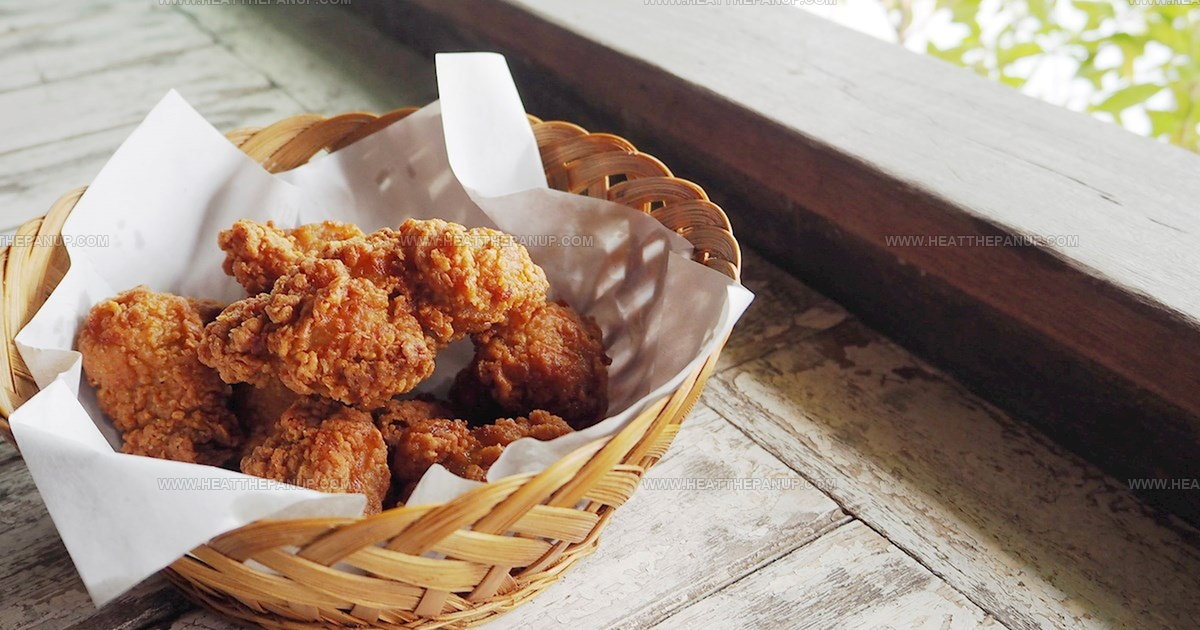
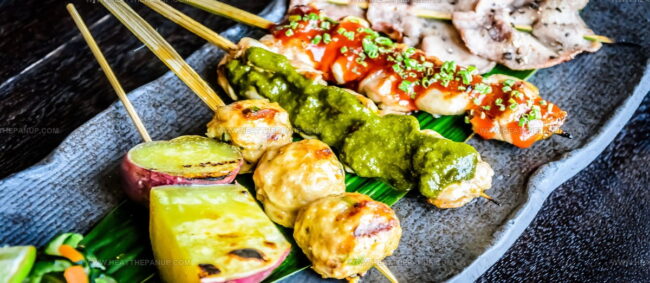

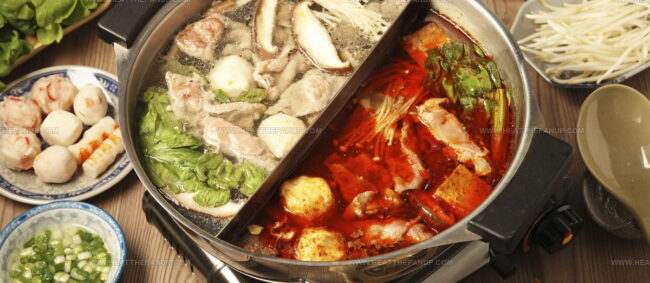
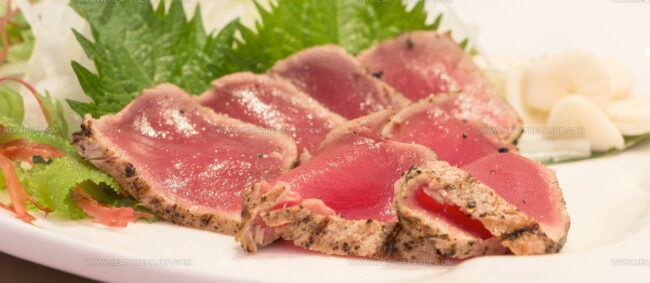
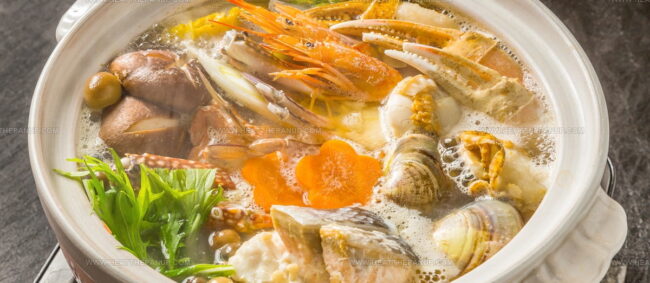
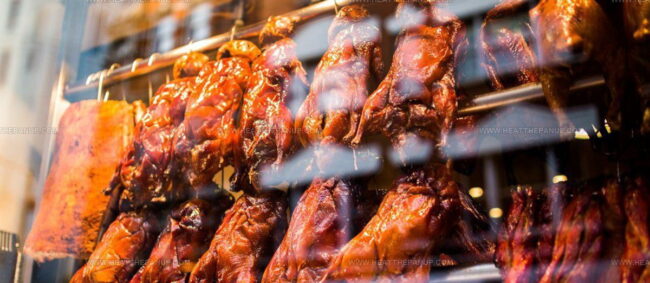
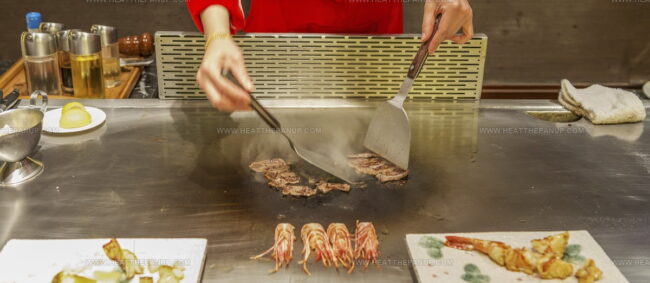
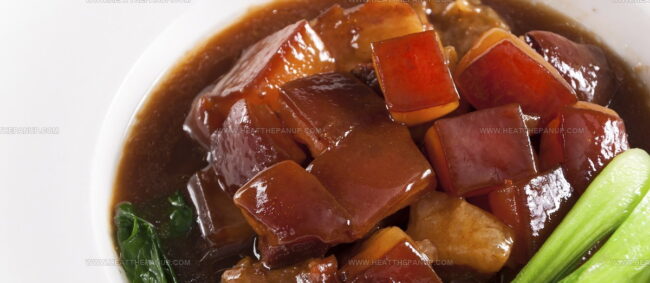
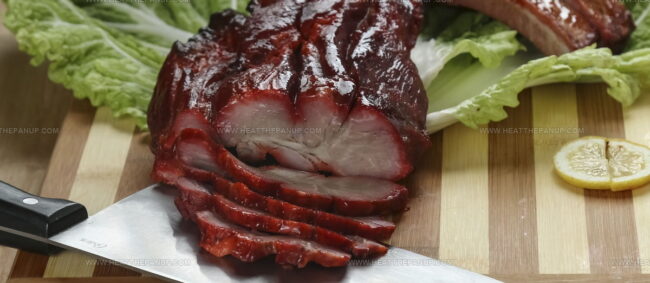
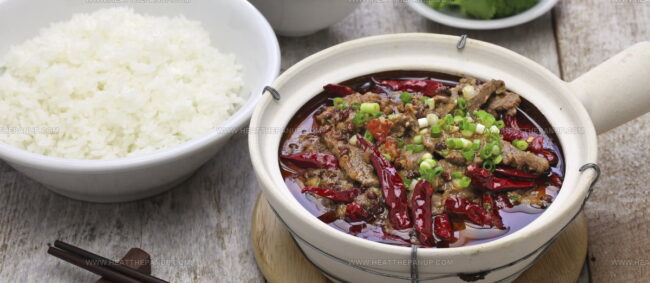
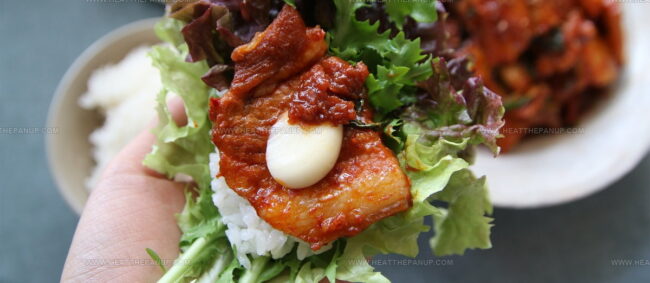
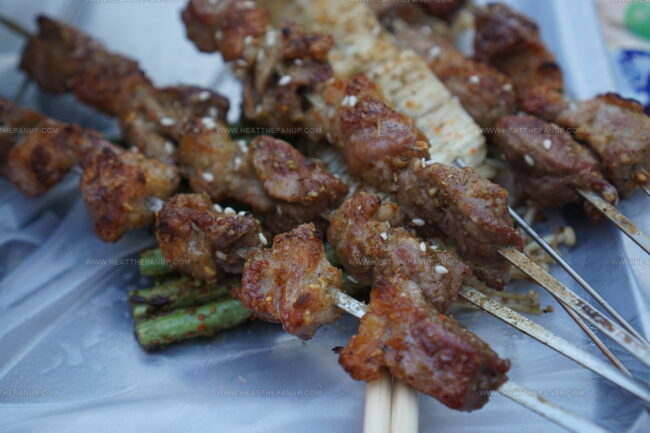
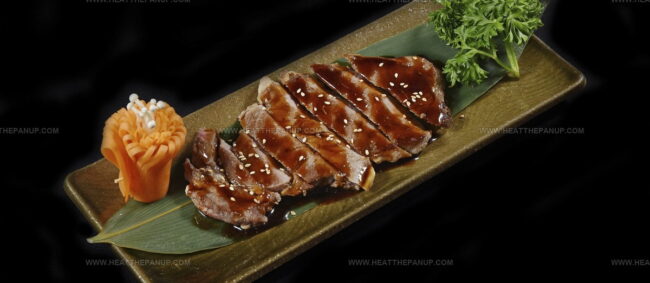
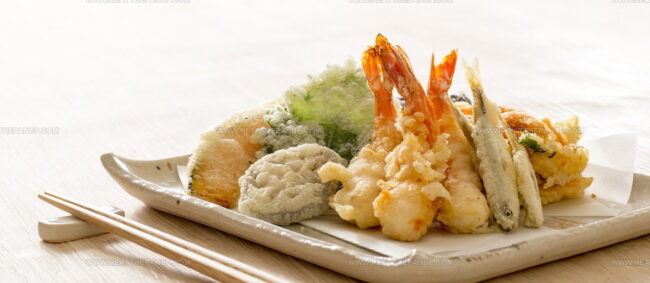
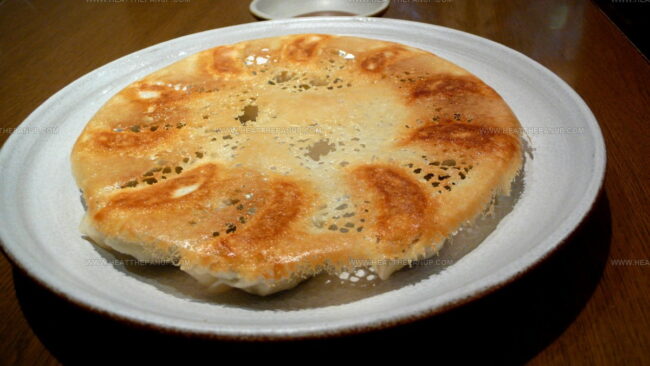

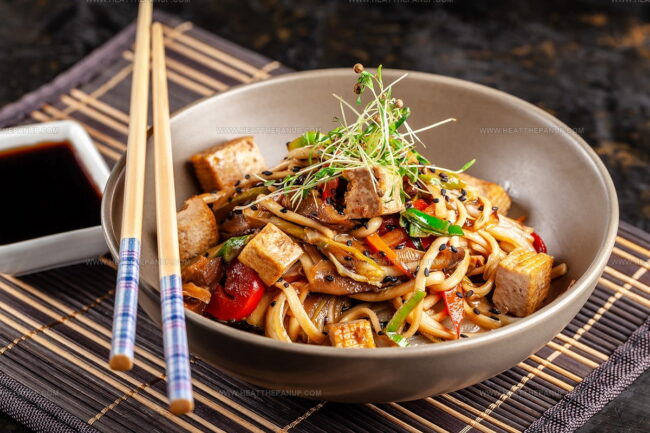
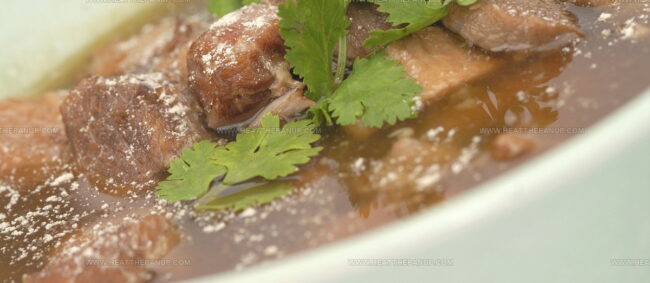
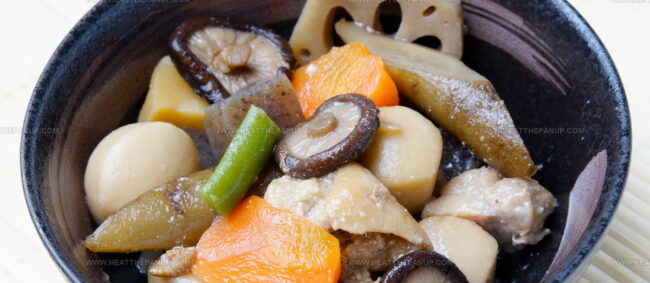
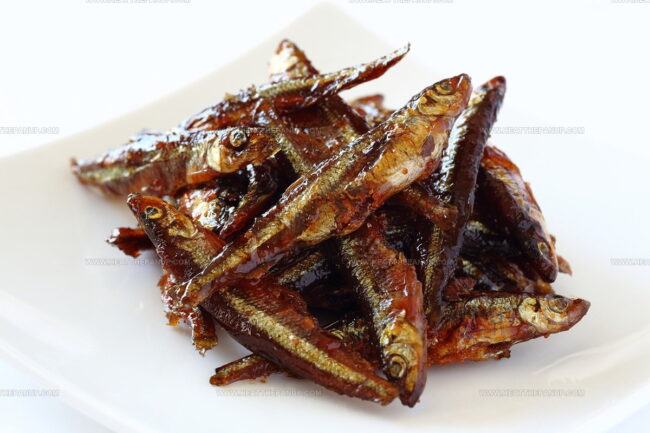
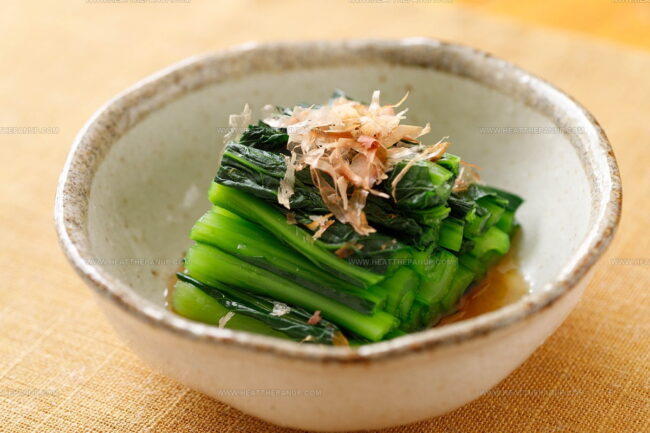
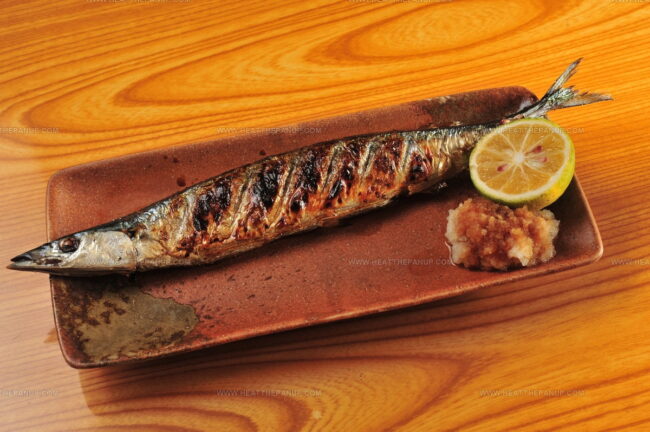
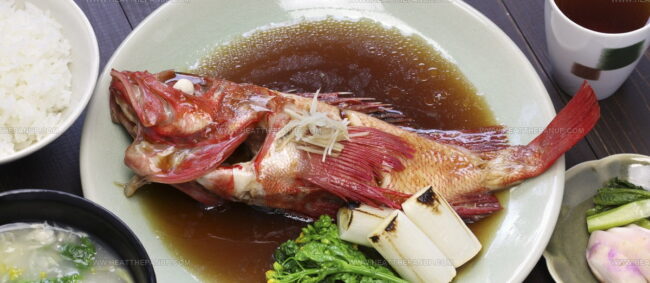
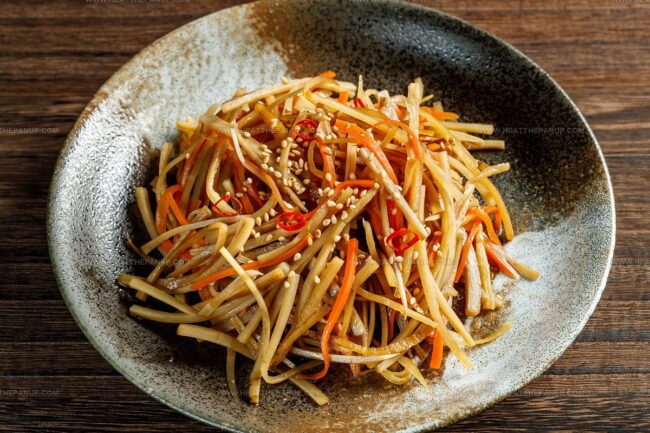
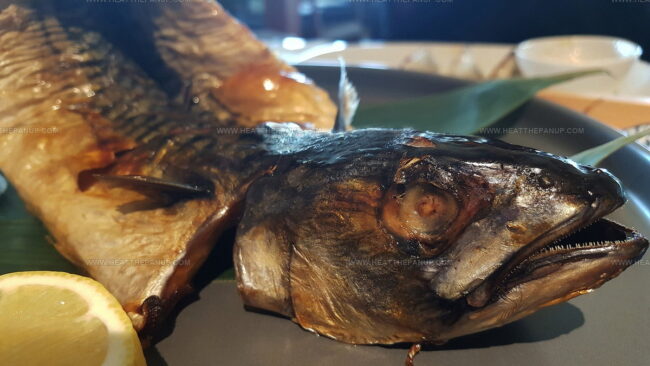
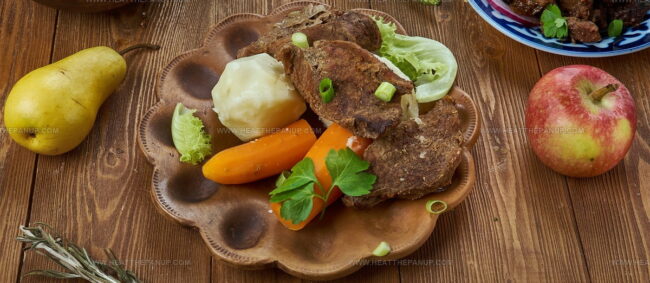
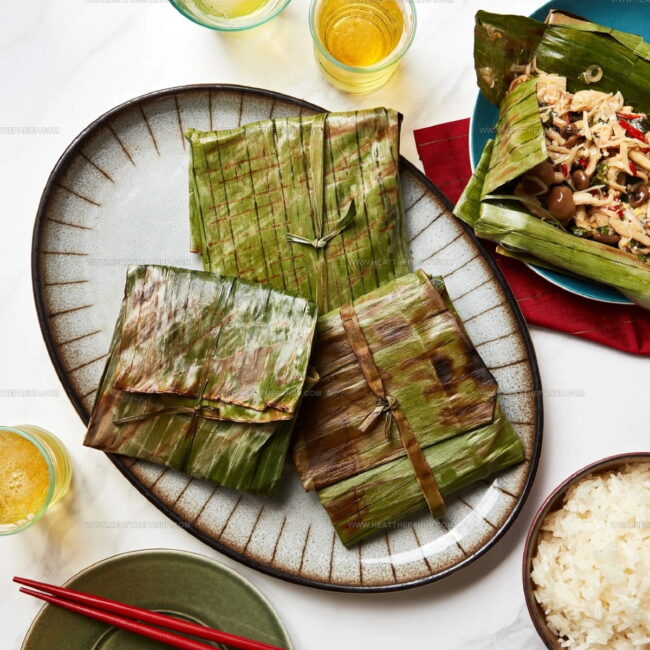
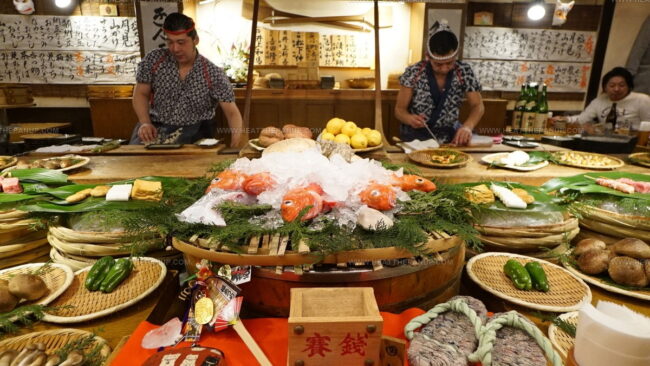
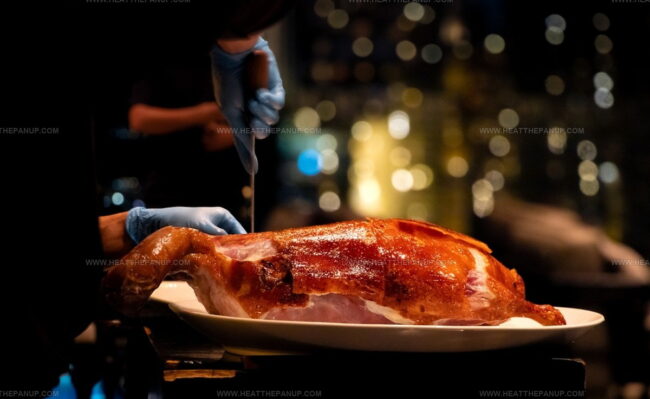
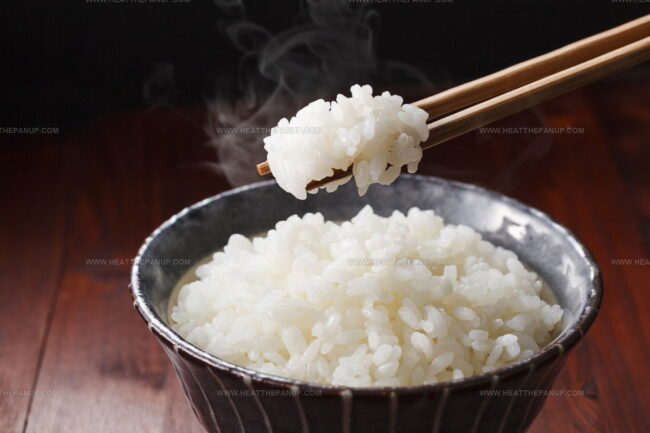
Angelina Wiles
Content Editor & Culinary Enthusiast
Expertise
Food Writing and Editing, Vegetarian and Vegan Cuisine, Baking and Pastry Arts, Sustainable Cooking Practices
Education
Portland Community College
Certificate in Culinary Arts
Focus: Emphasis on sustainable cooking practices, vegetarian cuisine, and food writing.
Oregon Culinary Institute
Diploma in Baking and Pastry Arts
Focus: Specialized training in artisanal baking, pastry techniques, and dessert presentation.
Angelina’s love for cooking started with handwritten family recipes and weekend trips to farmers’ markets around Portland. She followed her passion with a Certificate in Culinary Arts from Portland Community College, then perfected her sweet side with a Diploma in Baking and Pastry Arts at Oregon Culinary Institute.
Angelina believes recipes should feel like a conversation, not a science project. She’s all about helping readers trust themselves in the kitchen with simple steps, fresh ideas, and easy twists on classic meals.
When she’s not editing recipes, she’s baking bread, sipping coffee, or getting inspired by the changing seasons.